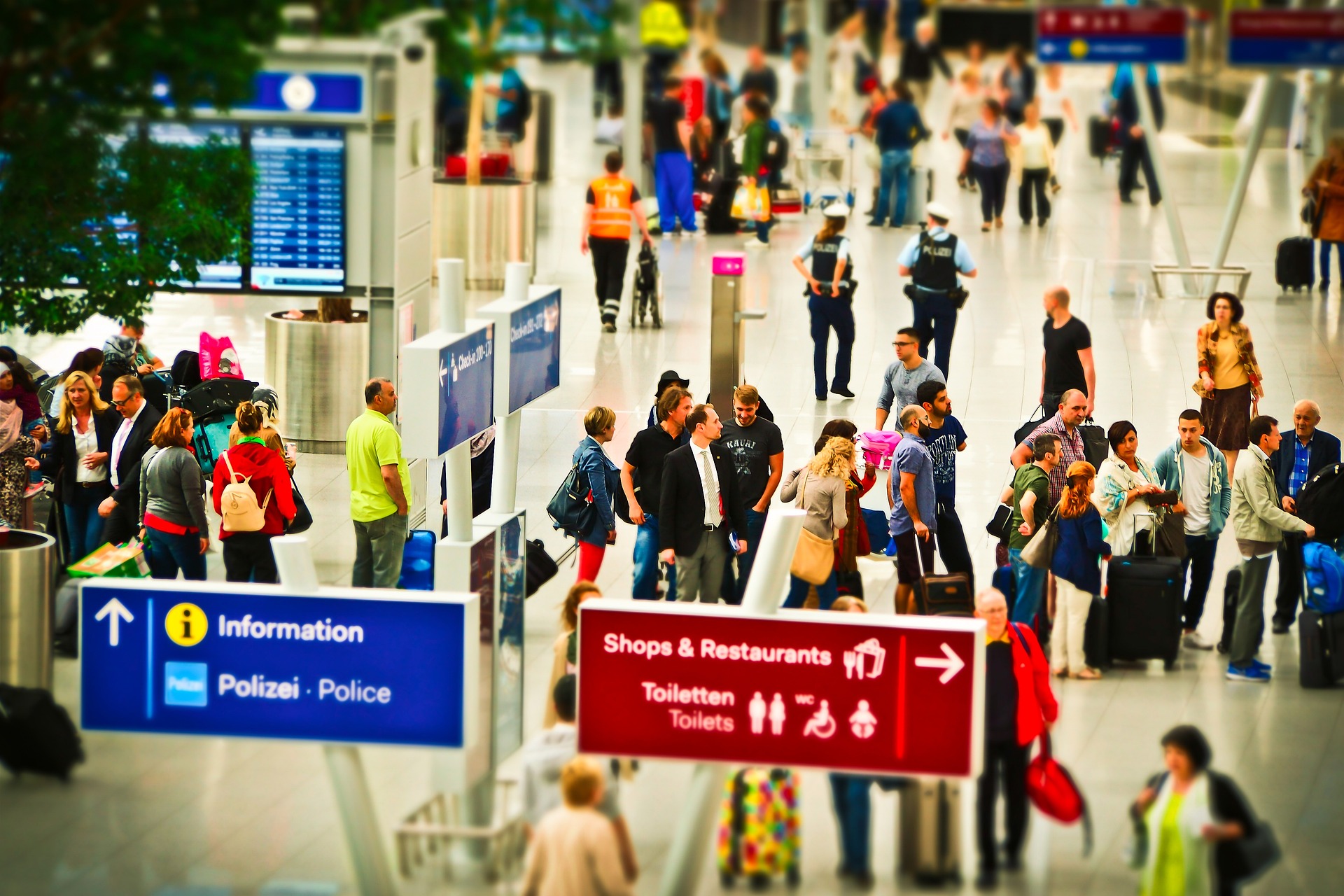United, Delta, American, Alaska and other carriers canceled 118 flights across major U.S. airports today, grounding thousands of passengers in cities including Washington, New York, Los Angeles, Phoenix and Boston and producing widespread operational knock‑on effects at affected terminals.
Operational sources and industry reporting attribute the wave of cancellations to a convergence of problems: a major telecommunications outage that disrupted coordination at a key hub, severe West Coast weather that reduced airport capacity and visibility, staffing and crew shortages that left airlines with limited recovery flexibility, and cross‑border network strain from international labor actions and air traffic control congestion.
Airlines activated standard recovery measures, offering rebooking and refunds while deploying ground staff to assist disrupted passengers. Federal rules and carrier commitments require rebooking at no extra fare and, in many cases, meal vouchers and overnight accommodation when cancellations are within the carrier’s control; travelers should use airline apps or the Department of Transportation dashboard to confirm specific airline obligations and available remedies.
The financial impact, while still being tallied, is measurable at multiple levels. Industry analysis puts the broader cost of aviation disruption in the tens of billions annually, representing a sizable share of carrier revenues and supplier losses. Using a recent industry benchmark of about $100.80 in direct aircraft operating cost per block minute, a typical domestic flight of roughly 90 minutes represents about $9,072 in direct operating expense; 118 canceled flights therefore imply roughly $1.07 million in immediate aircraft operating costs alone, with passenger time losses, missed business and supply‑chain impacts adding materially to the total economic burden which is expected to run to millions of dollars combined.



